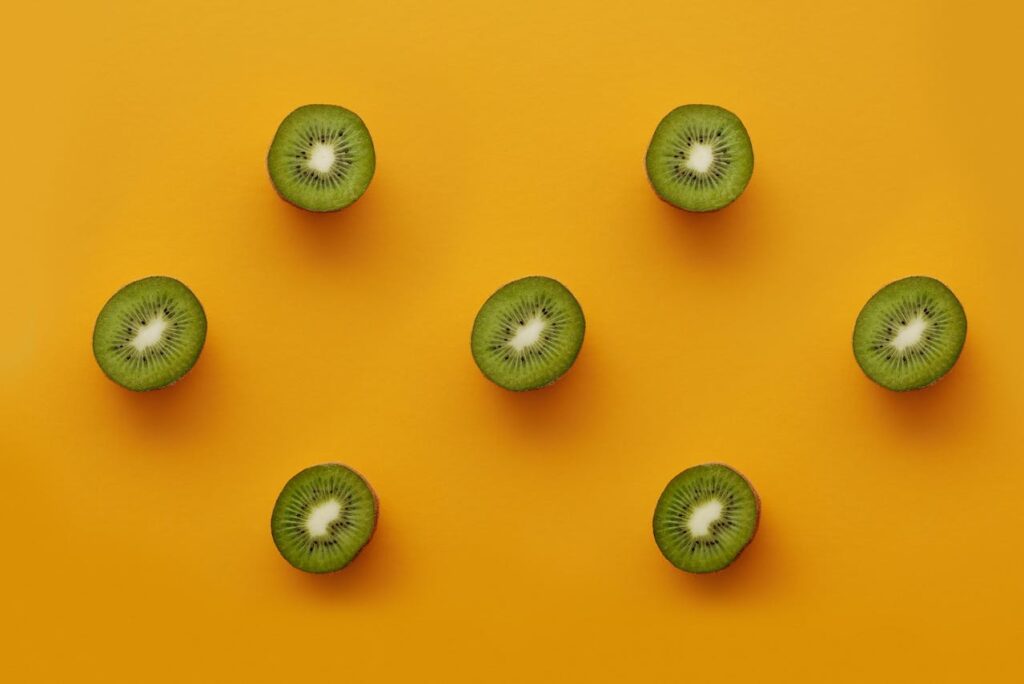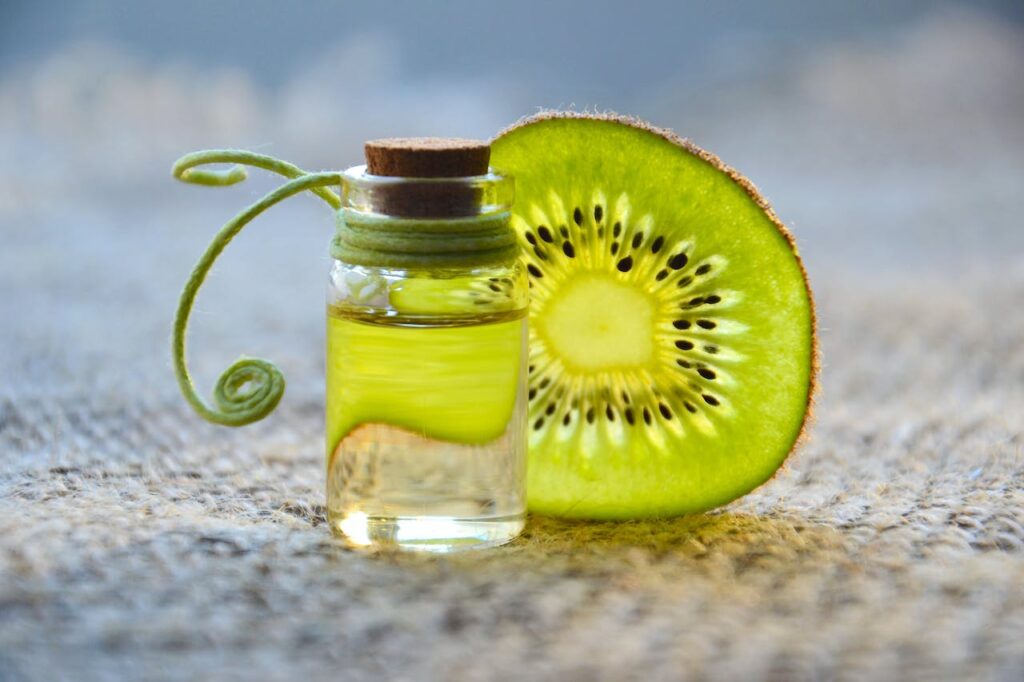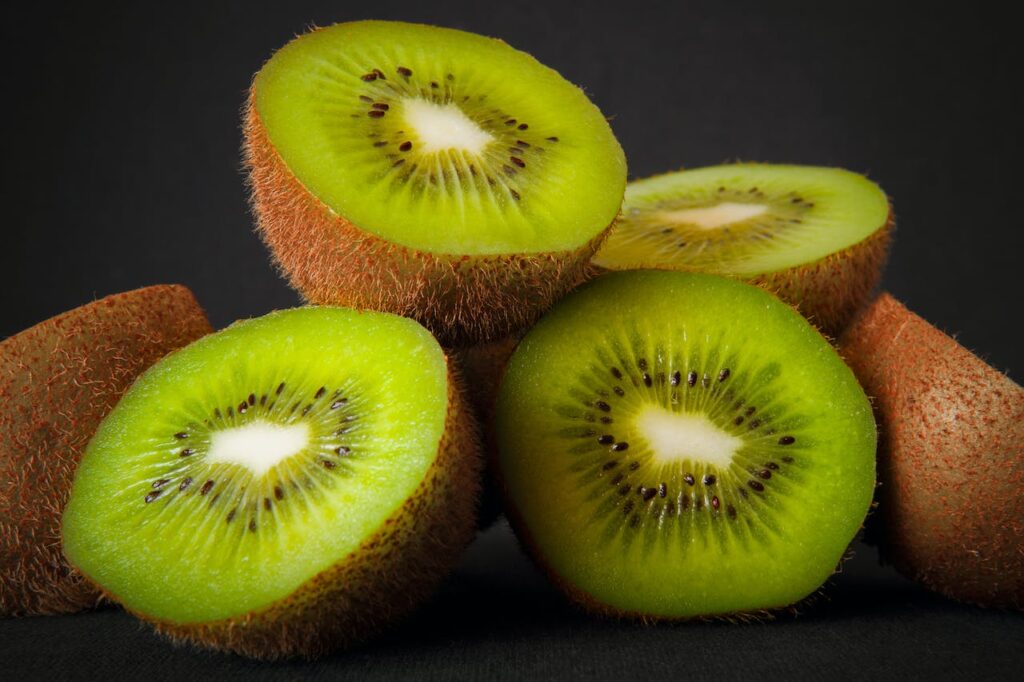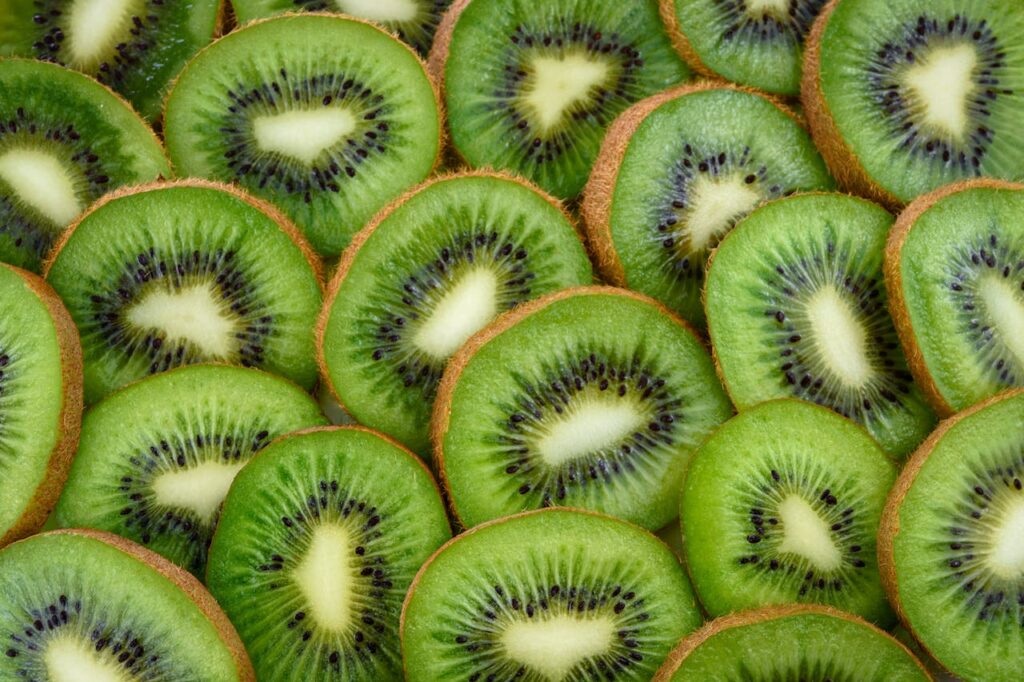Many people peel kiwis before eating them, discarding the fuzzy brown skin without a second thought. But are they missing out on key nutrients and health benefits by doing so? I was curious, so I decided to dig into the prickly question – should you eat kiwi peels or not? What I found surprised me!

As it turns out, kiwi peels contain a plethora of vitamins, minerals and compounds that make them supercharged with nutrients. But they also harbor some risks worth considering if you want to get the most from these quirky fruits.
Join me as I explore the scrumptious secrets hidden in kiwi peels, weighing the pros against the cons so you can decide if eating them is right for you!
Potential Benefits of Eating Kiwi Peels
Extra Fiber – Kiwi peels contain dietary fiber, providing an added boost over just the fruit’s flesh. The extra fiber can aid digestion and help you feel full.
Additional Nutrients – Peels contain higher amounts of some nutrients than the fruit alone. Eating the peels provides more vitamin E, folate, polyphenols, and carotenoids like beta-carotene. These compounds act as antioxidants to fight cell damage.
More Plant Compounds – Kiwi peels also contain a wider variety of plant compounds like flavonoids and triterpenoids that may offer health benefits. Research shows these can reduce inflammation and oxidative stress.

Potential Risks of Eating Kiwi Peels
Texture and Taste – The fuzzy hairy texture and bitter, tart taste of kiwi peels puts some people off. The texture can cause mouth or throat irritation if not chewed well.
Oxalic Acid – Kiwi peels contain oxalic acid, an anti-nutrient that can bind minerals like calcium, making them harder to absorb. Too much oxalic acid can increase kidney stone risk.
Digestive Issues – For those sensitive to high fiber foods, eating kiwi peels could cause gas, bloating or other GI upset. The oxalic acid can also irritate the mouth or stomach.

Tips for Eating and Handling Kiwi Peels
Rinse first – Washing the fuzzy peel can help remove any pesticide residues. Pat dry before slicing.
Cut thin – Slice off only thin portions of the peel rather than eating the whole peel. This reduces the fiber/oxalates per bite.
Chew thoroughly – The fibrous peel takes more chewing to break down before swallowing. This helps avoid irritation.
Drink water – Have a glass of water with kiwis to help flush out excess oxalic acid and fiber.

The Juicy Verdict
While kiwi peels pack a powerful nutritional punch, their prickly texture and tangy flavor may not suit everyone. For most folks, enjoying a few thin slices of peel seems to offer health perks without poses major risks. But due to personal tolerances and kidney issues, peeling kiwis remains a fine option for accessing their other benefits.
I hope probing the perplexing issue of kiwi peels has helped you decide whether to eat them or not! Let me know if you give these fuzzy skins a try at your next kiwi encounter. Just be sure to chew thoroughly and drink water to smooth the experience. Then you too can unlock the hidden nutrients inside kiwi peels and delight your taste buds with their tangy zing!
Hey there! We hope you love our fitness programs and the products we recommend. Just so you know, Symku Blog is reader-supported. When you buy through links on our site, we may earn an affiliate commission at no extra cost to you. It helps us keep the lights on. Thanks.
Disclaimer: The information provided in this discussion is for general informational and educational purposes only. It is not intended as medical or professional advice. Only a qualified health professional can determine what practices are suitable for your individual needs and abilities.
